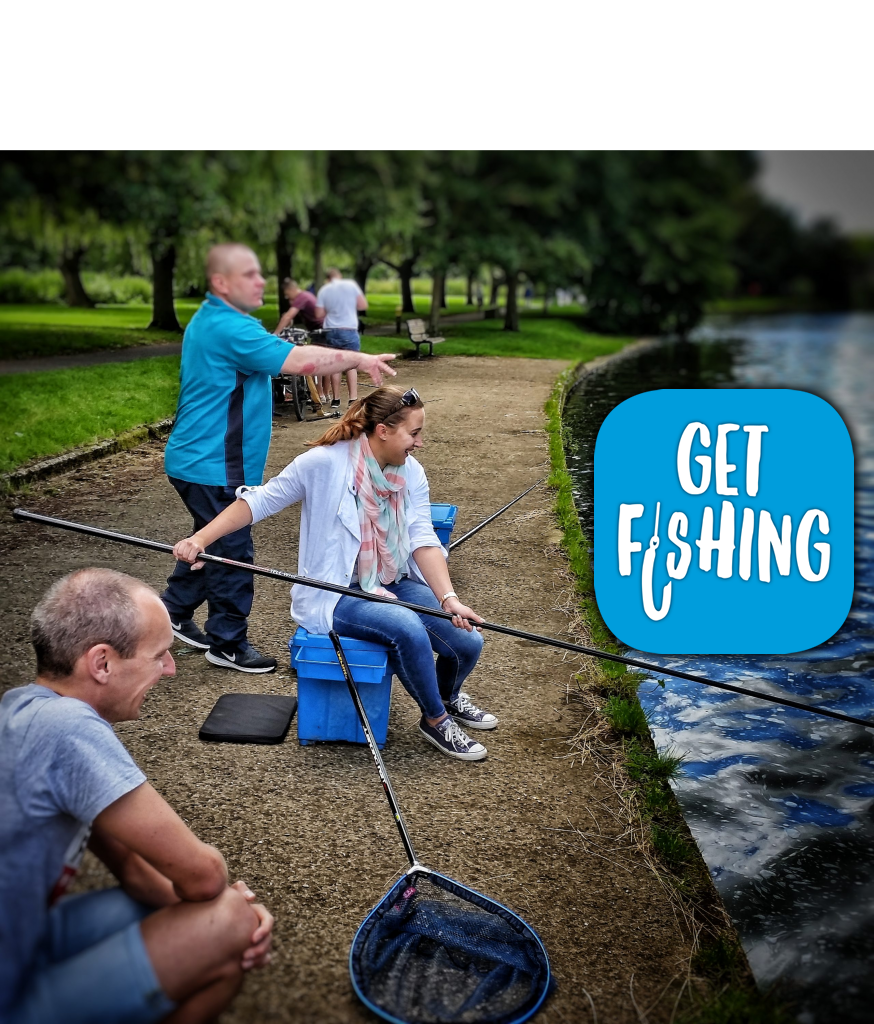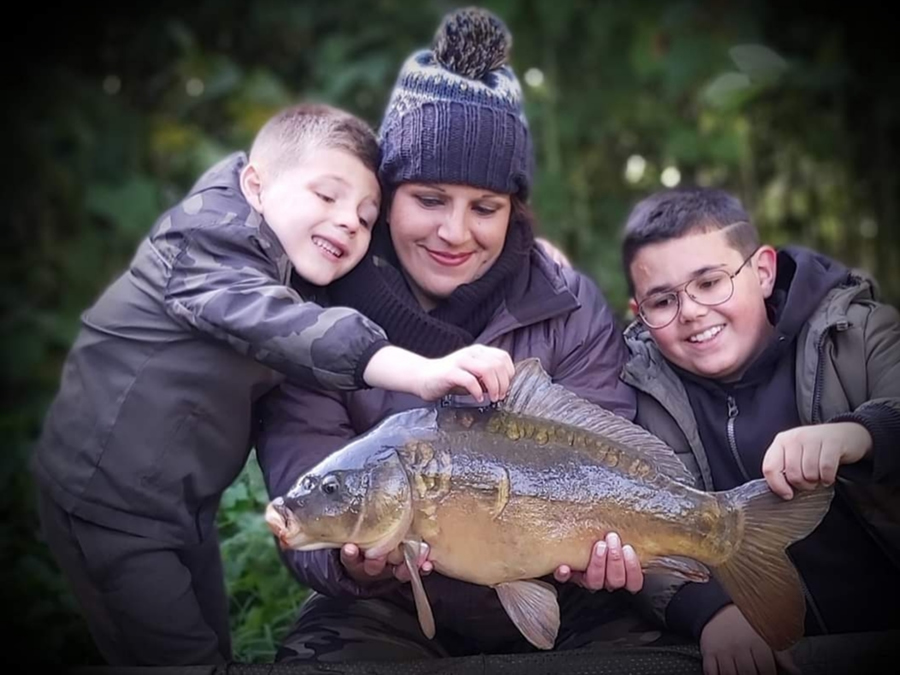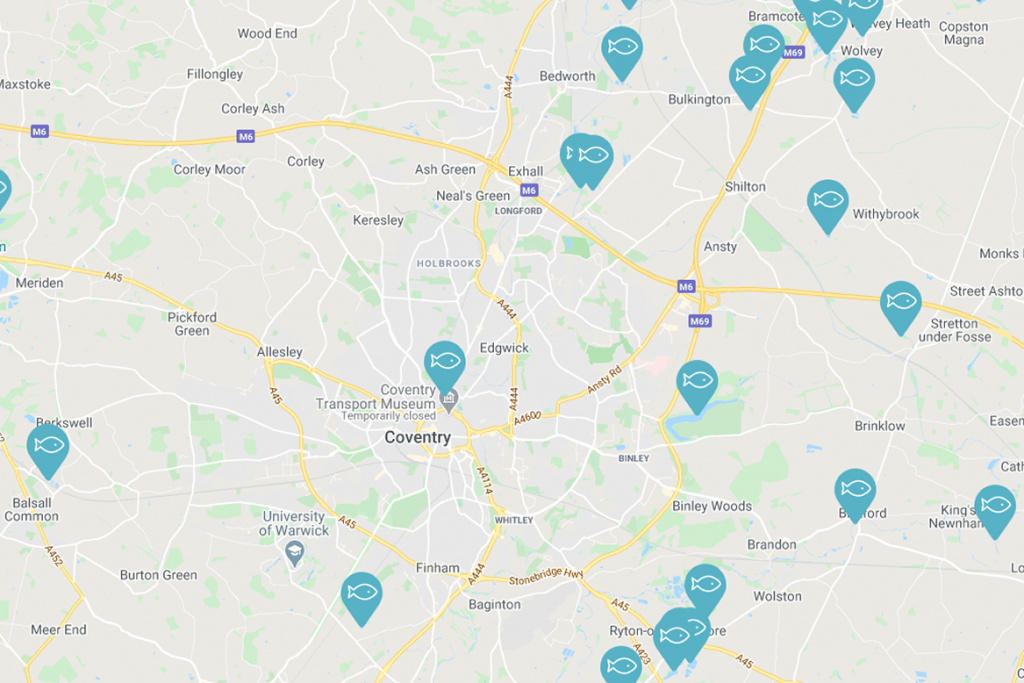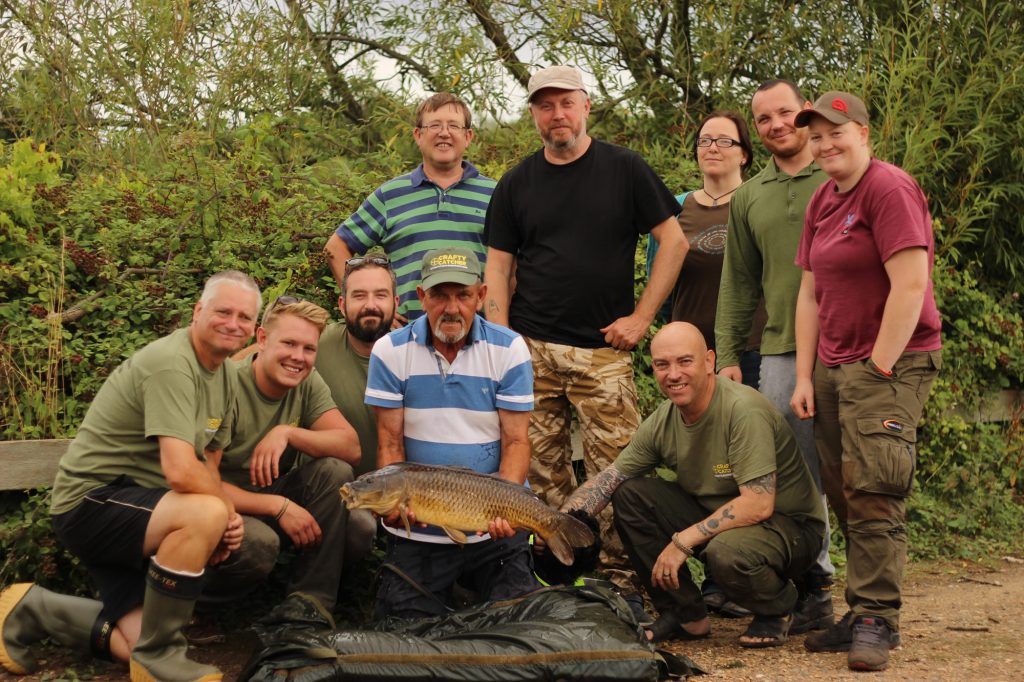Getting Started
The UK’s coastline offers up one of the most varied opportunities for sea angling to be found anywhere in the world. From the warm waters of the Atlantic in the south west to the cold waters of the northern North Sea, a huge variety of habitats and species can be found that offer year–round sea fishing action.
Sea angling is generally split into shore fishing and boat fishing. Shore fishing is by far the most widely practiced type of fishing due to it being relatively cheap to get started, free and accessible around the vast majority of the coastline of the UK.
However, despite the cost of buying and maintaining a boat there are a very considerable number of privately-owned fishing boats with anglers fishing mainly within 0-12 miles of the coast. In addition, the charter boat fleet around the country provides anglers with the opportunity to pay for access to boat fishing with experienced and knowledgeable charter skippers. In recent years kayak fishing has become increasingly popular because it allows anglers to get onto the water with relative ease, and at considerably less expense, compared to owning a boat. Boat fishing and kayak fishing offer the opportunity to target species that may be unavailable to the shore angler.
Although bait fishing is probably still the most widely practiced method for catching most species there has been a surge in interest over recent years in saltwater fly fishing and fishing with artificial lures – the latter of which has been largely influenced by angling techniques in both the USA and Japan. Although lure fishing has, of course, been practiced to some degree since the dawn of sea angling.
Licence
Unlike coarse and game angling there is no licence required to fish recreationally for sea fish in the UK. Permits to fish may be required in specific locations such as those that are privately owned, such as piers, harbours etc. Local clubs and tackle shops are always a good source of information on where permits are necessary.
Tackle
The tackle and equipment needed to fish at sea can be very specific. Boat rods and reels may, for example, need to be able to cope with very large fish in deep water. Likewise, beach fishing rods may require casting distances in excess of 150 meters. Generally, sea angling equipment tends to be tougher, more resilient to corrosion, and more powerful than other forms of fishing tackle. However, there are also circumstances where coarse and game fishing tackle can be used, such as when light lure fishing or fishing for mullet, bass or flatfish like dabs and flounder. Light Rock Fishing (LRF) is a popular and growing form of fishing using specially designed ultra-light fishing tackle to catch mini species. Entry level tackle can be found to suit any budget. Talk to your local tackle dealer who will be happy to help.
Watercraft
As with any other form of angling watercraft (or understanding the environment) can have a dramatic effect on your success – arguably even more so with sea angling. To many, this watercraft, and developing an understanding of the natural environment and its interactions, is one of the great pleasures of angling. Many different factors affect the presence and movement of sea fish. Understanding the influence of the main ones listed below is essential to being a successful sea angler.
· Tides – the impact of tides on fish movement and feeding patterns cannot be overestimated.
· Weather fronts – wind strength, wind direction and water temperature can all have a significant impact on your chances of finding, and catching, fish.
· Light – in general, bright sunshine can be very bad for fishing while many fish often feed and come closer to shore in the hours of darkness or when the water is dirty.
· Seasons – fish migrate on a seasonal basis. Knowing these migration habits is essential to sea angling.
· Features – gullies, rocks, reefs, sandbanks, seaweed beds, groynes and different depths of water are all features that sea anglers look out for at low tide because they act as holding areas for either fish or their prey.
Species
A huge variety of fish species are caught by sea anglers and not knowing what you might catch next is one of the pleasures of sea angling. Fish or interest to anglers can be broadly split into three categories: ‘round’ fish (such as cod, bass and mackerel), flatfish (such as plaice, flounder and turbot) and sharks, skates and rays. The availability of species in any one area depends on many factors including the time of year, the sea temperature and the habitat. Local knowledge is key to knowing what species are present, when, and where.
Conservation
While one of the great pleasures of sea angling is being able to eat the fish that you catch, many anglers also practice ‘catch and release’ angling which allows unwanted fish to be returned alive to the environment. In addition, anglers and clubs should adhere to any legal minimum sizes that exist. The Angling Trust publishes recommended minimum retention sizes for most species and provides regular updates to members and supporters on conservation issues affecting sea angling. Opportunities exist for anglers to be involved in conservation initiatives, such as fish surveys, through clubs, the IFCAs and conservation organisations around the country.
Safety
Sea anglers should always respect the power of the sea and the risks associated with it. Shore anglers can be swept off rocks into the sea or cut off by incoming tides. Boat anglers must take extra precautions going out to sea and ensure that adequate safety measures are taken to minimise the chances of an accident at sea which could result in needing to be rescued. While sea angling is generally a very safe activity the risk of an accident is always present and measures to minimise the risk of an incident, such as the wearing of lifejackets on boats, are of the highest priority.
Laws and Bylaws
Rules governing angling, such as bag limits, minimum legal sizes, closed seasons and prohibited species are set through a combination of national, international and regional laws and bylaws. We advise anglers to check with their local Inshore Fisheries and Conservation Authorities for details of local bylaws.
Inshore Fisheries & Conservation Authorities (IFCAs)
There are 10 of these bodies round the coast of England and they are mandated to regulate both commercial and recreational fishing (including angling and bait collection) within 6 miles of the coast. They consist of a committee of local council members plus MMO appointed representatives of stakeholder groups and relevant experts. That committee directs the work of a number of IFCA officers who carry out the day-to-day responsibilities of that IFCA. Some, but not all, have specific recreational angling policies and some also have angling advisory/communication groups. Those groups seek to promote the interests of anglers.
Bait Collection
The collection of bait for recreational sea angling is common and is part of the sea angling experience for many anglers. Until relatively recently it was largely unregulated but is now an activity that the Inshore Fishery and Conservation Authorities in England are required to manage – although the extent of this varies from IFCA to IFCA. Lugworm (Arenicola spp.), ragworm (Nereis spp.) and crabs (particularly ‘peeler’) represent the vast majority of bait collected from the shoreline by most British sea anglers targeting a wide variety of fishes. Most are collected from intertidal mudflats, sandy beaches or rocky environments. While bait collection remains relatively small-scale at a local level, its total commercial value to coastal communities has been estimated between £25-30 million annually, making marine bait an important socio-economic resource in these areas. For more information on bait digging see the Fish Legal Advice Sheet below.
Access to Fishing
Fishing is allowed from most beaches and other public coastal locations. Where there are restrictions on where or when you can fish these are normally controlled by local authorities such as councils and are often for health & safety reasons. In a limited number of instances fishing from the shore may be restricted for conservation reasons. Access can be restricted on private land such as in harbours, marinas and on piers which are owned by private companies. In all cases anglers should do their best to make themselves aware of any restrictions where they are fishing.
Boat angling is reliant on access to slipways and marinas where boats can be launched or moored. Once at sea, angling access may be controlled for a number of different reasons including: Marine Protected Areas, shipping lanes, wind farms, navigation routes or conservation measures to protect fish stocks in specific locations or at particular times of year.
The Angling Trust campaigns to ensure the public’s right to fish is upheld and access to fishing is maintained or reopened where historic access has been denied.
Advice
Your local tackle shop will be able to give you advice about what tackle you will need to get into sea fishing. Some expert anglers might spend hundreds of pounds on rods and reels, but you could buy a basic fishing setup for about £25. The key to getting started is to keep things really simple and try and get a friend or family member who has been fishing before to show you how to begin.
Joining a local fishing club is a great way to learn how to fish and to get advice on places to fish and charter boats near to you. A lot of fishing clubs will arrange fishing sessions for new or young anglers. You can find clubs that are members of the Angling Trust on our website here.









